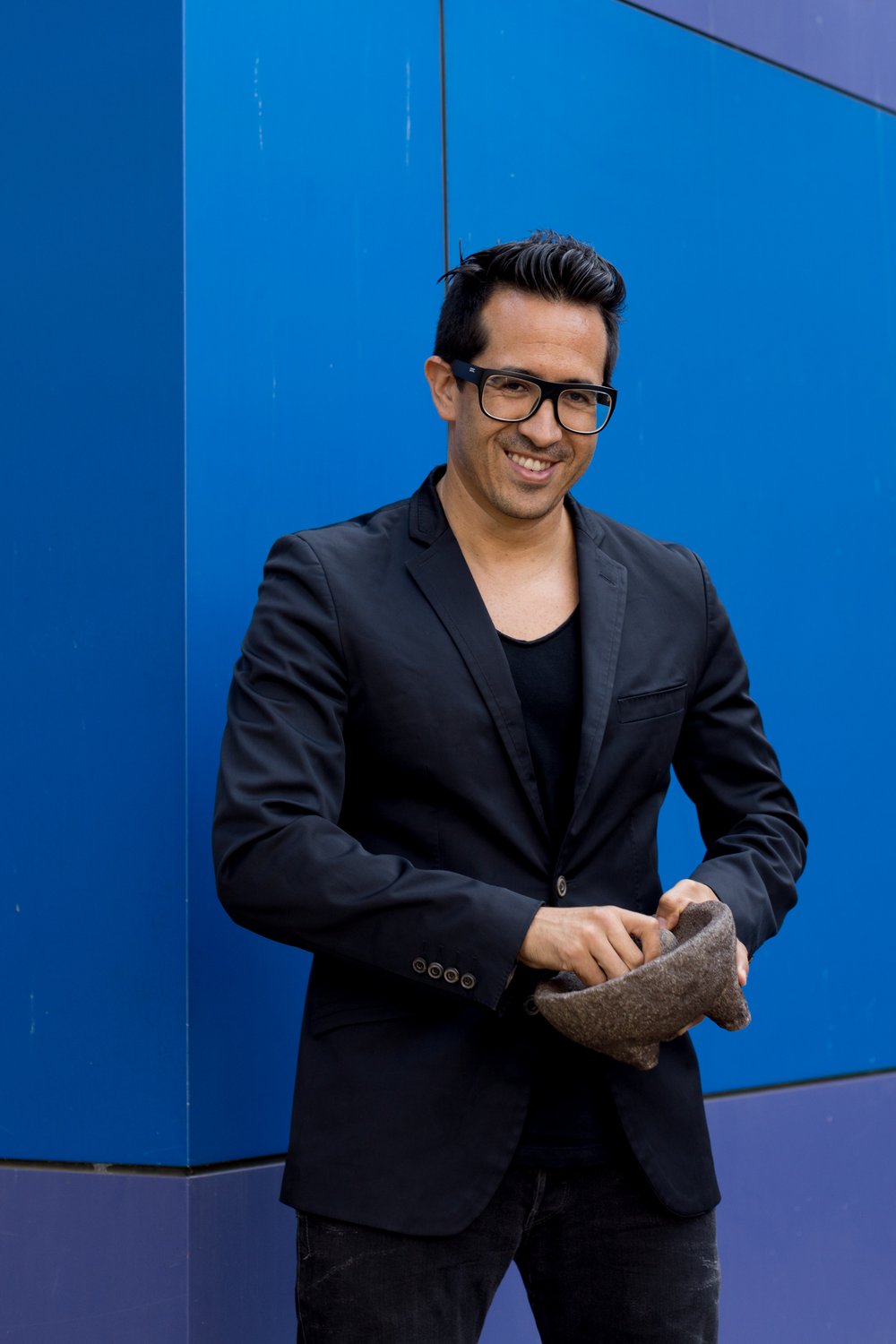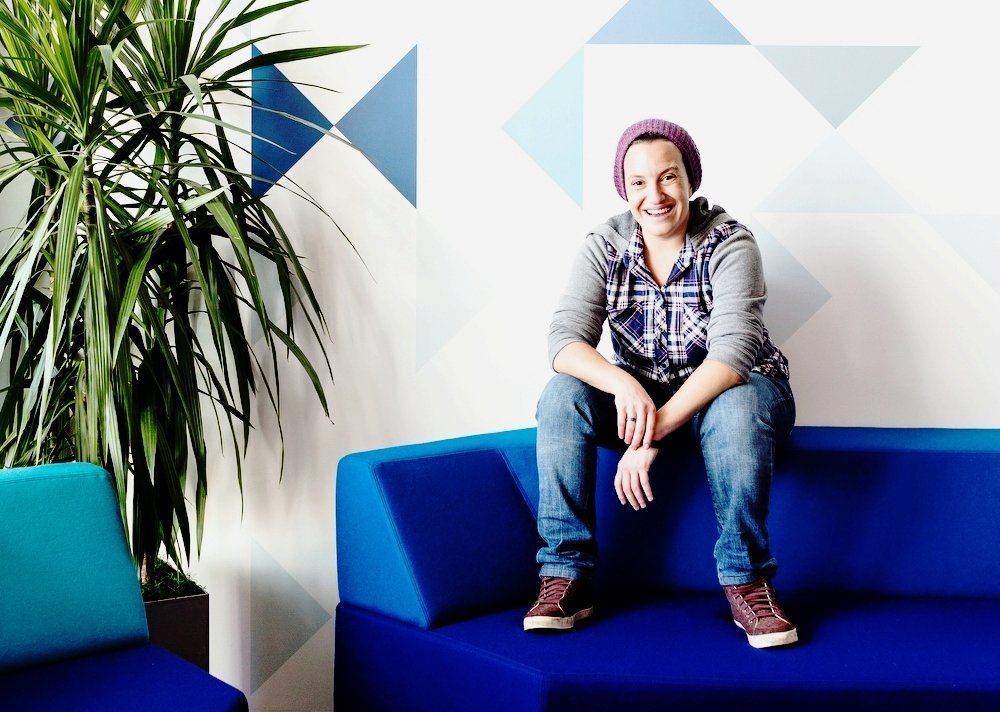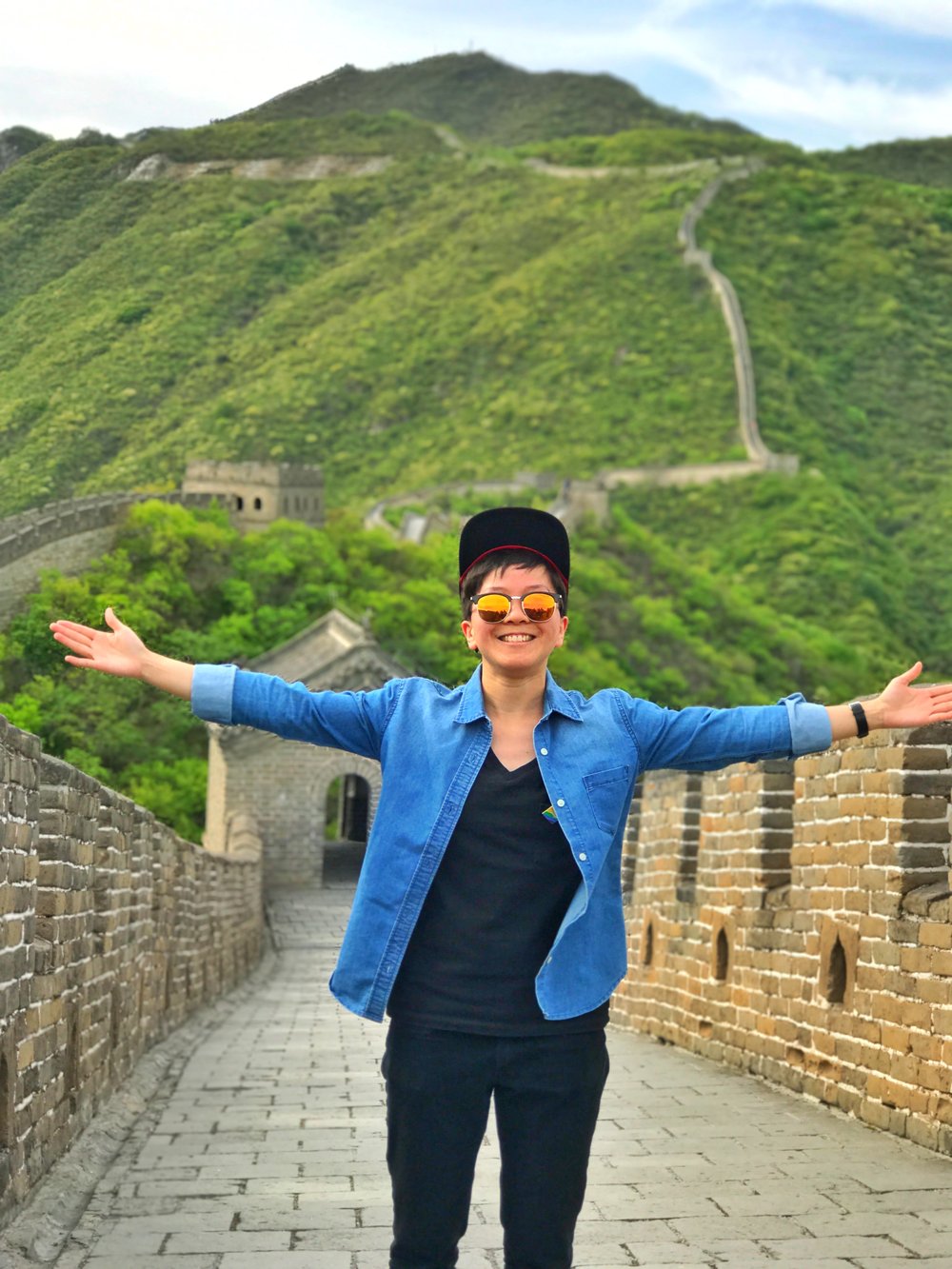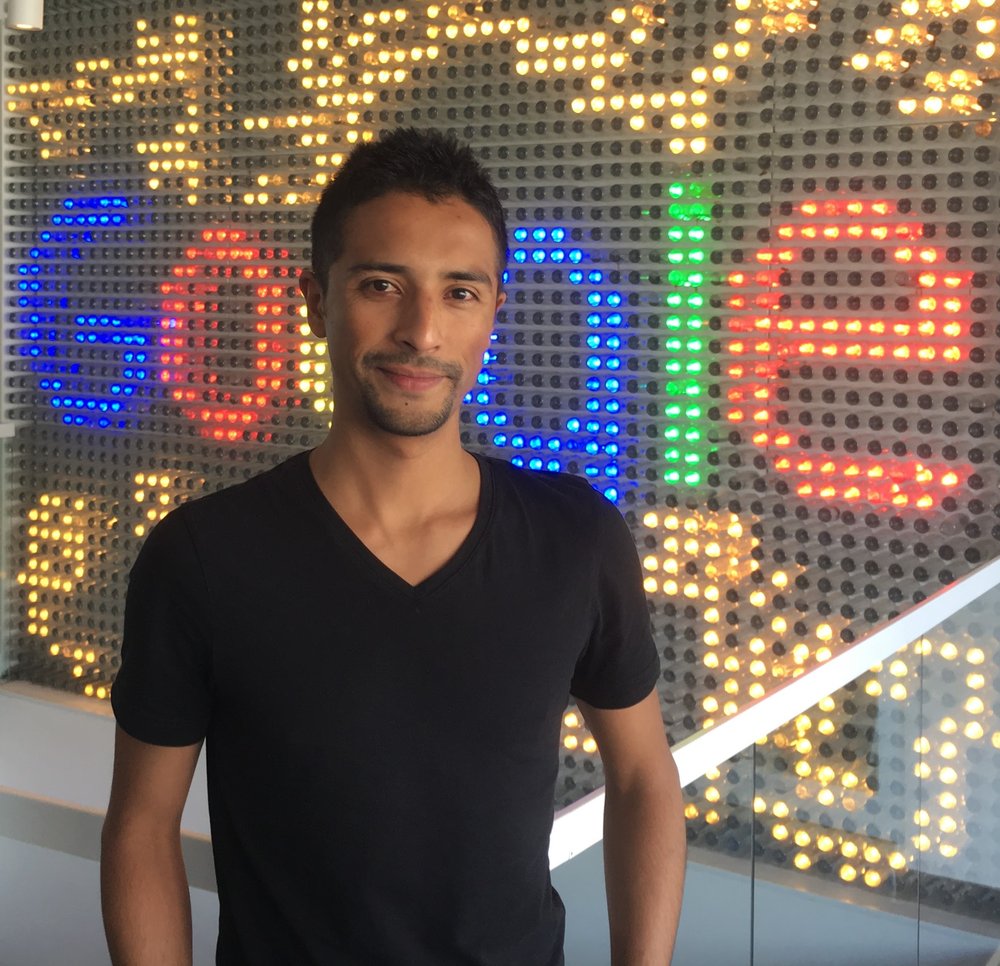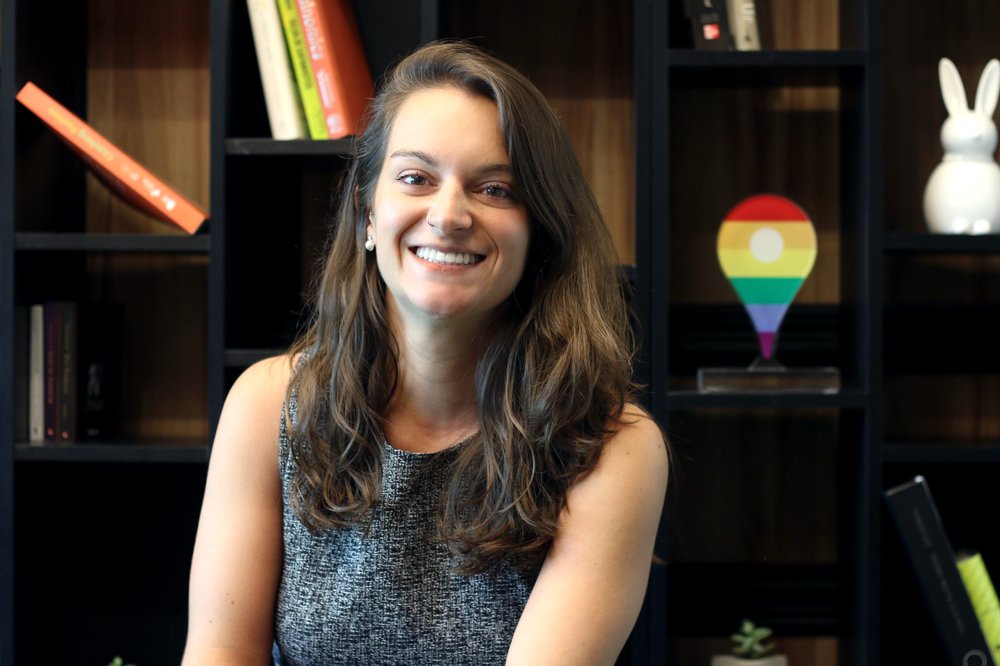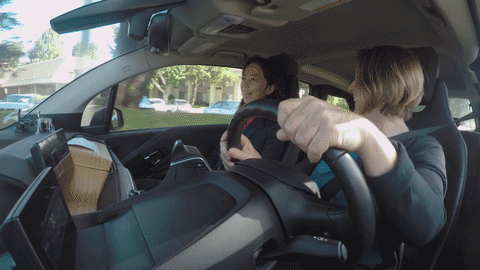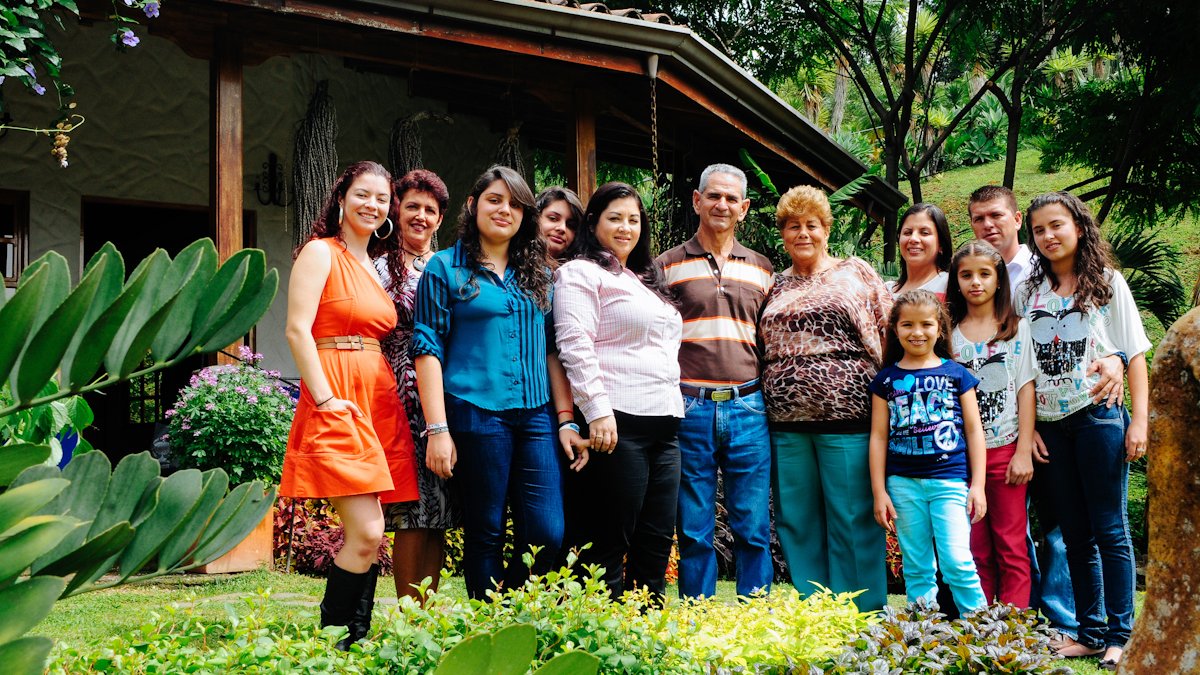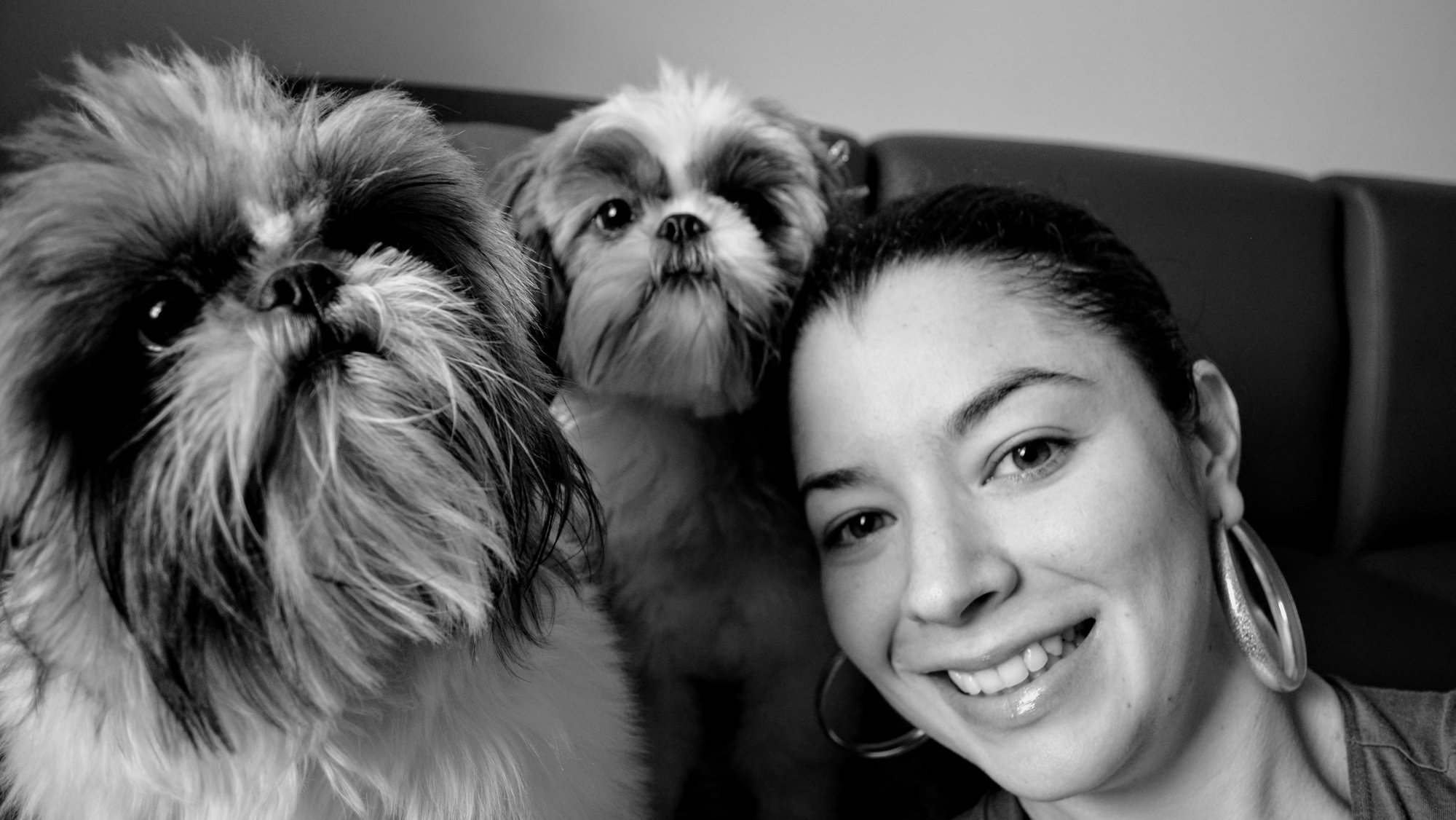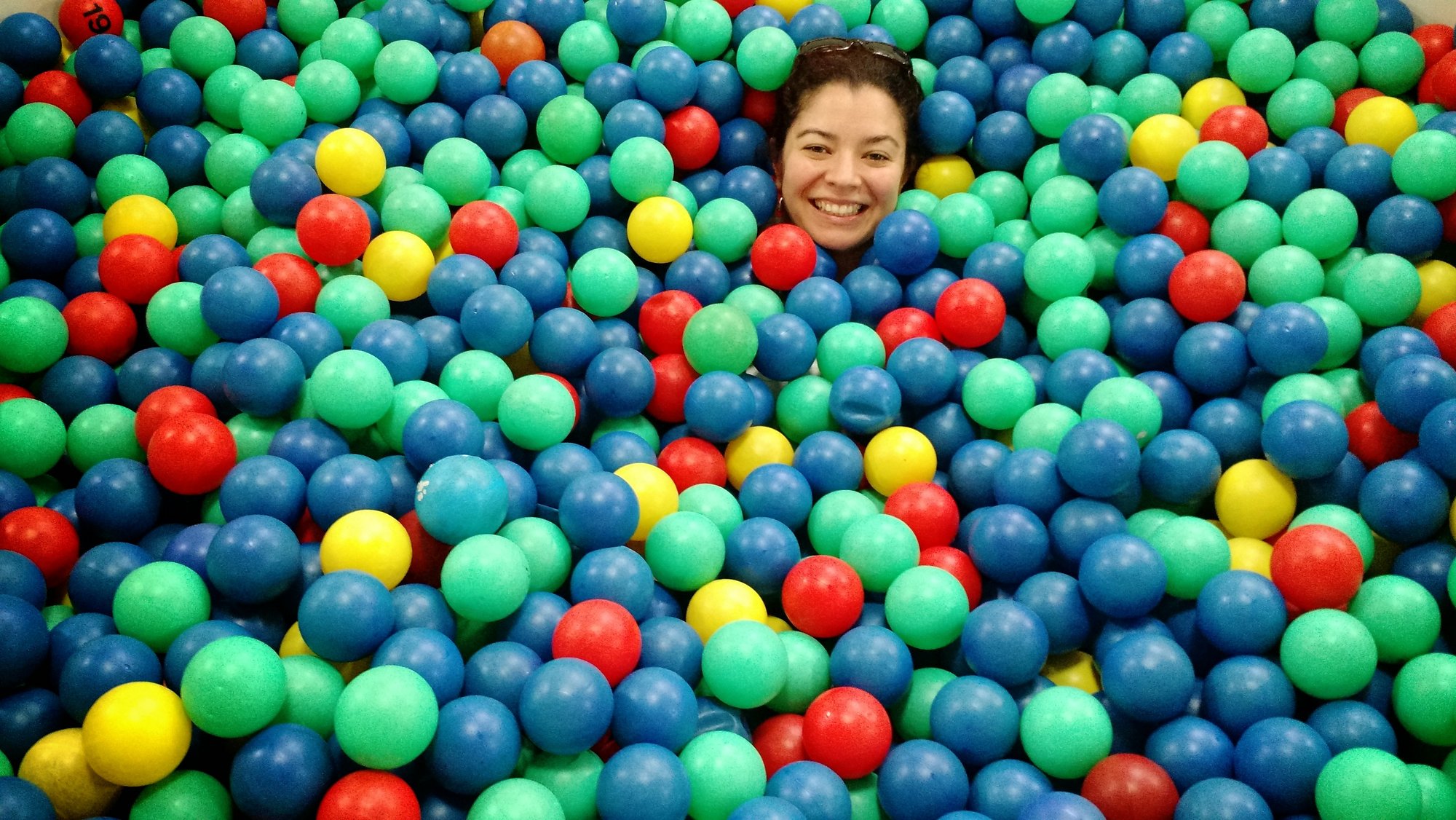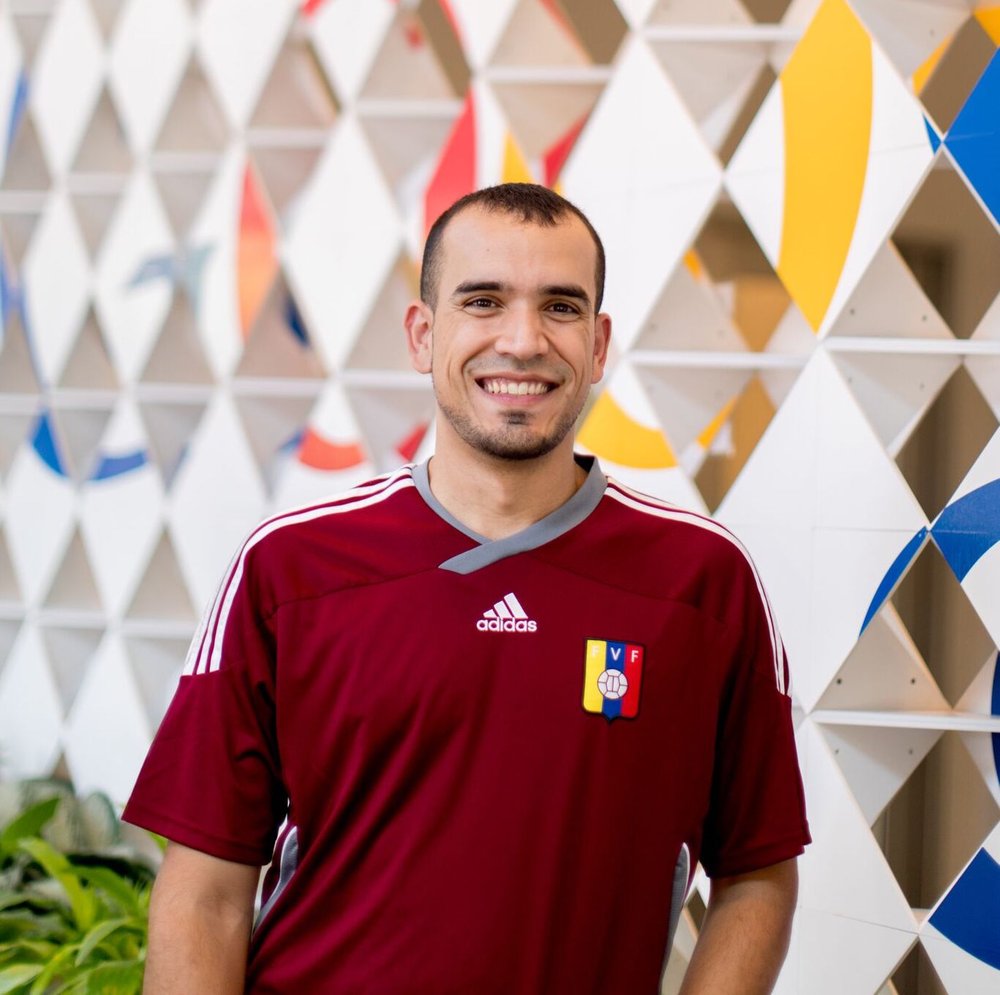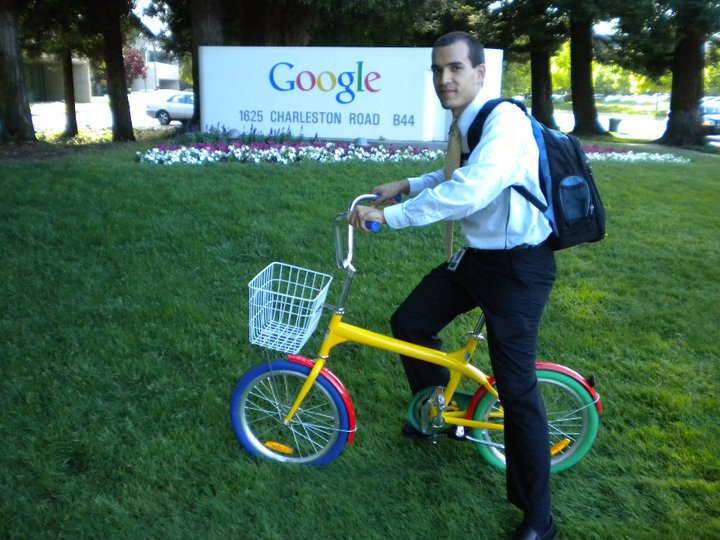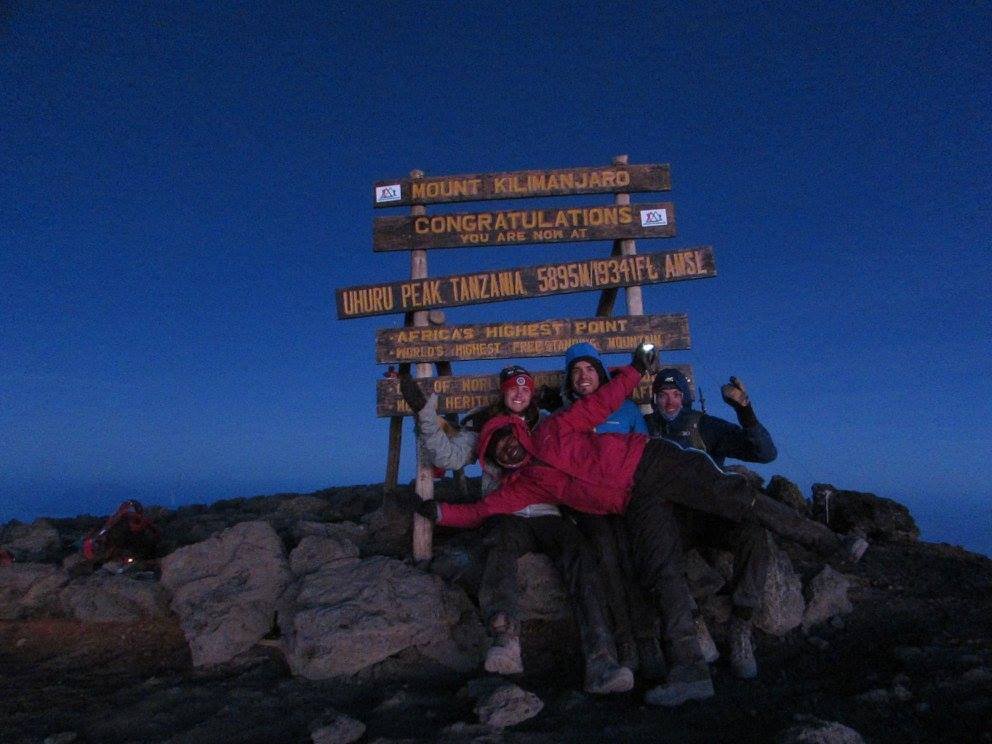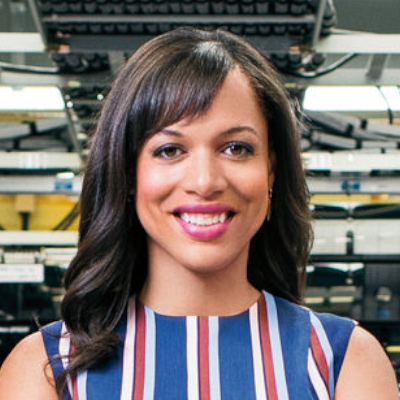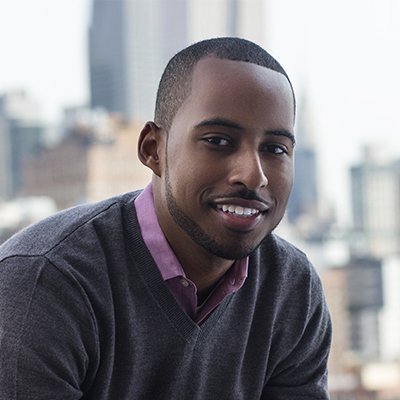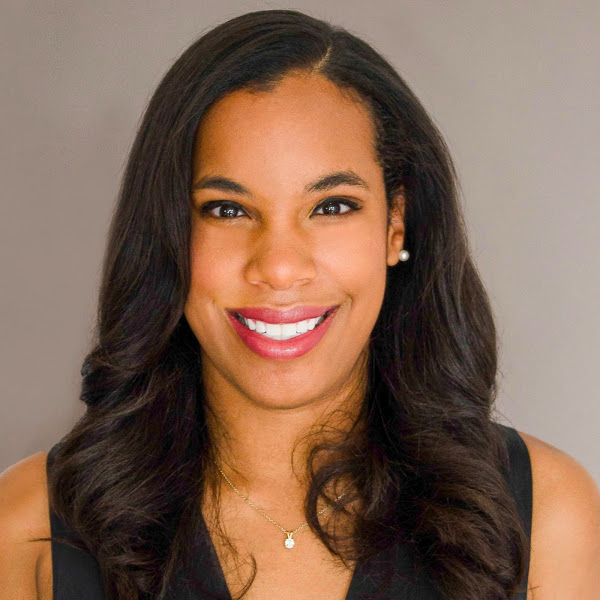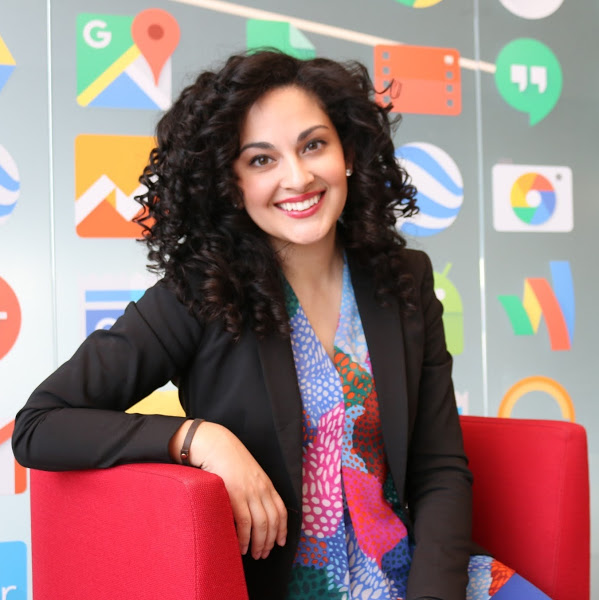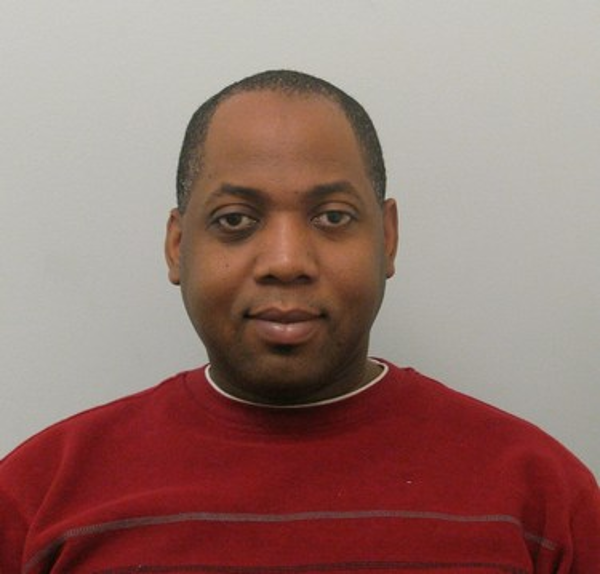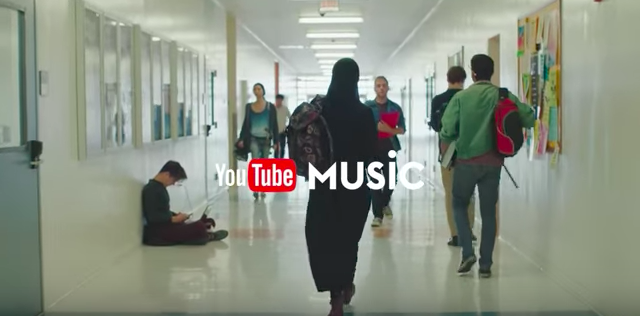Give us the 10-second, one-sentence version of what you do at Google.
As a software engineer, I help build the infrastructure to make shopping ads on Youtube.com more relevant and useful.
When did you immigrate to the U.S.?
When I got the job at Google, I moved to Sunnyvale, CA from Candelaria de Naranjo, a small town in Costa Rica. I got on a flight on September 27, 2013—exactly four years ago today!
How has the Hispanic community been a part of your experience at Google?
For me, it’s extremely important to have a group of people who are “like me,” who share my cultural background and can speaking Spanish with me sometimes. It gives me a sense of belonging at Google.
What is your favorite Costa Rican tradition or food?
I love “olla de carne.” It’s a kind of soup with a bunch of vegetables and meat (of course, the best one is my mom’s).
Have you always pictured yourself working at Google?
It’s been a dream since Gmail came out while I was in college. I remember trying it out and thinking “I really want to work with the people who built this thing.” I thought email was fine as it used to work, but wow, they took a thing that was “fine” and improved it so much. I want to be one of those people that doesn’t accept things that are fine, but changes them for the better. Years later, I heard about an opportunity at Google, thought back to those college days and decided to give the dream a try.
Who has been the most influential person in your life?
My entire family. But the things that have pushed me the most were first given to me by my father. He gave me a love for books—he is always reading—and taught me to be a self-learner. He always talks about wonderful places around the world and he took me in my first trip outside of Costa Rica, planting in me the hunger to see the world.
What has been a big moment for you at Google?
I went to a recruiting event at a high school in Costa Rica. When I was introduced, they mentioned my small hometown, and I heard a solitary but enthusiastic “Woo!” from the crowd. After the talk, one of the students (the source of the “woo”) approached me and said, “I wouldn’t have imagined in my wildest dreams that someone from our hometown could work at Google. This is awesome, I now want to work for NASA and I think I can do it.” That moment made me feel like I’ve come so far, and that I’m helping people see it is possible to work for big companies, no matter where you’re born.
